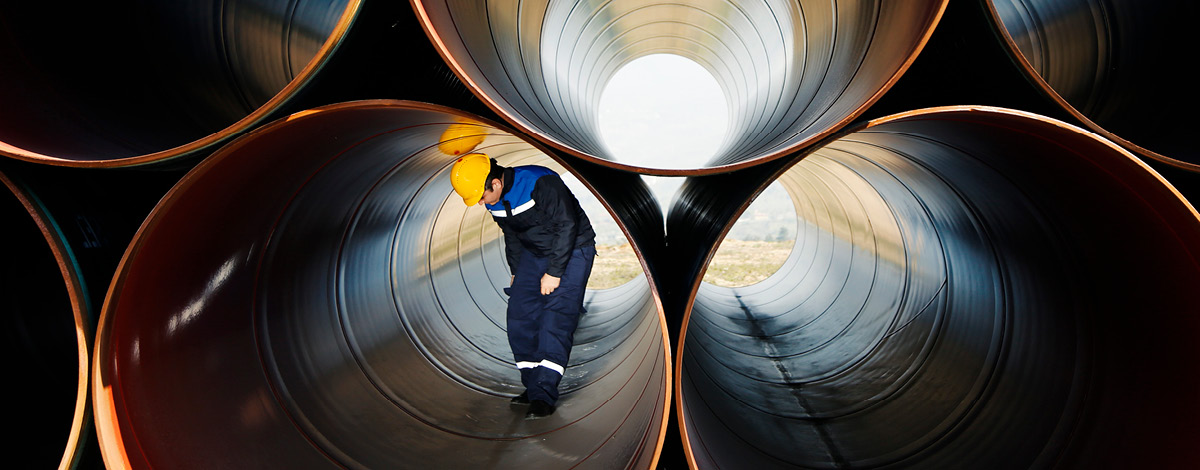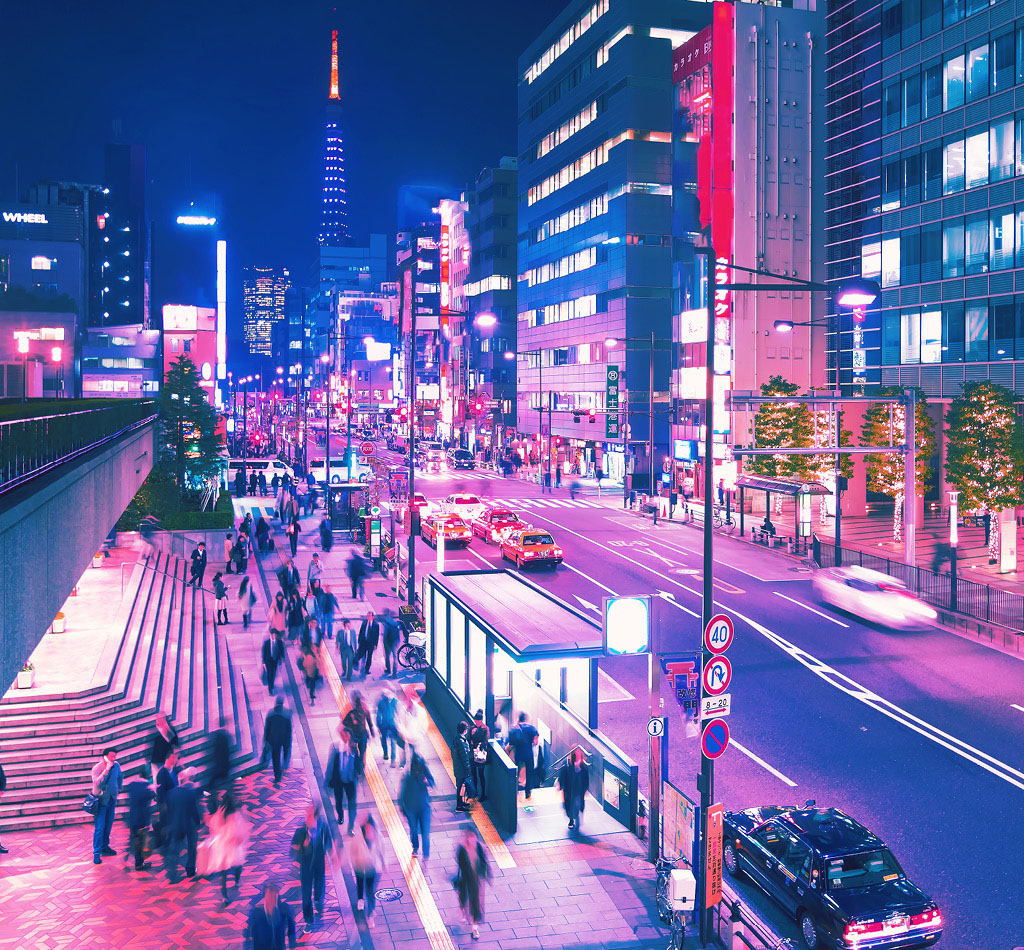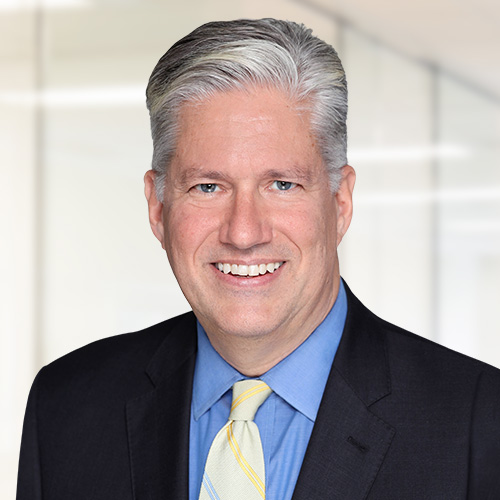Commentary
The attractions of green steel
September 12, 2024

Decarbonization continues in parts of the world, although there is a long way to go. Ongoing use of coal amid rising energy demand somewhat negates the transition to natural gas and/or the implementation of carbon capture technologies. On average, coal-fired power plants emit about 2.2 to 2.5 tons of CO2 per megawatt-hour (MWh) of electricity produced. By contrast, natural gas-fired power plants emit about 0.4 to 0.5 tons of CO2 per MWh.
But the good news is that we are making strides in other areas. Consider green steel.
Traditional steelmaking emits approximately 3 billion tons of CO2, mostly from smelting which turns iron ore into steel. This process is very energy intensive and is a top-3 CO2 emitter, with electricity production at number one and cement number two. However, metallurgical processes to turn iron ore into steel are now converting from traditional furnace smelters, which emit 2 tons of CO2, to low-energy Electric Arc Furnaces (EAF), which emit 0.5 tons per ton of steel.
Historically, new metallurgical processes have been difficult to scale. Fortunately, the steel industry, as it moves towards greener production methods, has been borrowing proven technology from its aluminum counterparts. EAF today play a crucial role in the global steel industry, with around 2,500 to 3,000 units in operation and a combined capacity of approximately 500 to 600 million tons per year. The share of EAFs in global steel production is around 5% and growing, reflecting their expanding importance in the industry and in a (slowly) decarbonizing world.
Major steel-producing regions like North America, Europe, China, and India are enhancing their EAF capacities to improve sustainability and reduce carbon emissions. Recent EAF investments include Nucor, $2.7 billion for 3 million tons of steel in 2024, and Steel Dynamics, $1.9 billion for 3 million tons in 2024. Cleveland Cliff, Arcelor and Gerdau are also transforming to EAF.
Transforming the entire supply chain will produce green steel, which represents a transformative shift in the steel industry towards significantly reduced CO2 emissions and more sustainable practices. Key technologies in this greening process include hydrogen-based steelmaking, EAFs powered by renewable energy, and advanced methods like molten oxide electrolysis. While there are challenges, including high costs and technical feasibility, green steel holds promise for a more sustainable future in steel production.
One company benefiting from EAF is Australian-based iron ore producer Champion Minerals (CIA:AU). By acquiring a distressed Canadian asset from Cleveland Cliff in 2017, Champion revitalized the asset towards producing over 12 million tons of iron ore per year. This North American asset represents the main value of the company, as it has received over USD$4.8 billion of investments over the years from past and present owners. Its products receive a premium to market, justified by the quality of its iron ore.
Champion has multiple catalysts on the horizon. For example, they are adding transportation links to help reach nameplate production of 16 million tons, and start-up of its EAF material processing facility will soon commence. As well, any further steel tariffs on Chinese steel will help bolster demand for its production, particularly among the new EAF North American steel mills. Indeed, Champion expects its exports to China to decrease from 70% to 30% in the coming years as the firm switches to markets closer to home.
This client diversification has many positive implications for Champion, and savings on cross-ocean transit costs are worth the EAF investment alone. It is important to note that all the electricity used in Champion Minerals operations are from hydropower except for the mobile fleet. It is therefore a definite leader in green steel branding.
There are other methods of reducing CO2 emissions while producing steel. We own a small position in Aperam (Apam.NA), which produces steel from its facilities in Brazil, Belgium and France. Aperam was spun out of ArcelorMittal at the start of 2011. Their Brazilian facility uses charcoal from a series of eucalyptus forests owned and managed by the group, rather than coking coal. Their European facilities use EAF furnaces fed with scrap.
(EAF requires scrap steel, as it is does not work well with high contaminant iron ore. Producers of iron ore have adjusted and are now producing high-quality ore, as well as metal bars instead of contaminated iron powder.)
We are also exposed to EAF in other commodities, specifically copper. The copper market is 10 times smaller than steel, so CO2 headlines have been less prolific. Yet copper CO2 emissions are still fairly elevated, at 3 tons of CO2 per ton.
Aurubis AG (NDA.GY) is a leading global provider of non-ferrous metals, particularly copper, and it operates several key assets and facilities across the globe. The company’s assets include smelting and refining facilities in Germany, Bulgaria and Finland. The Helsinki and Luebeck facility are flash smelting furnaces, which emit around 1.5 to 2.5 tons of CO2 per ton of copper produced. This is lower compared to traditional furnaces. Aurubis also operates EAF facilities at different production sites.
Aurubis has leading recycling operations in Europe, especially for copper, and it is developing the copper recycling market in North America. The company recently opened a new smelting facility in Richmond, British Columbia.
The days of complete green steel are likely years away, but they are within view. We continue to follow developments in these areas so as to participate in important decarbonization investment themes going forward.







